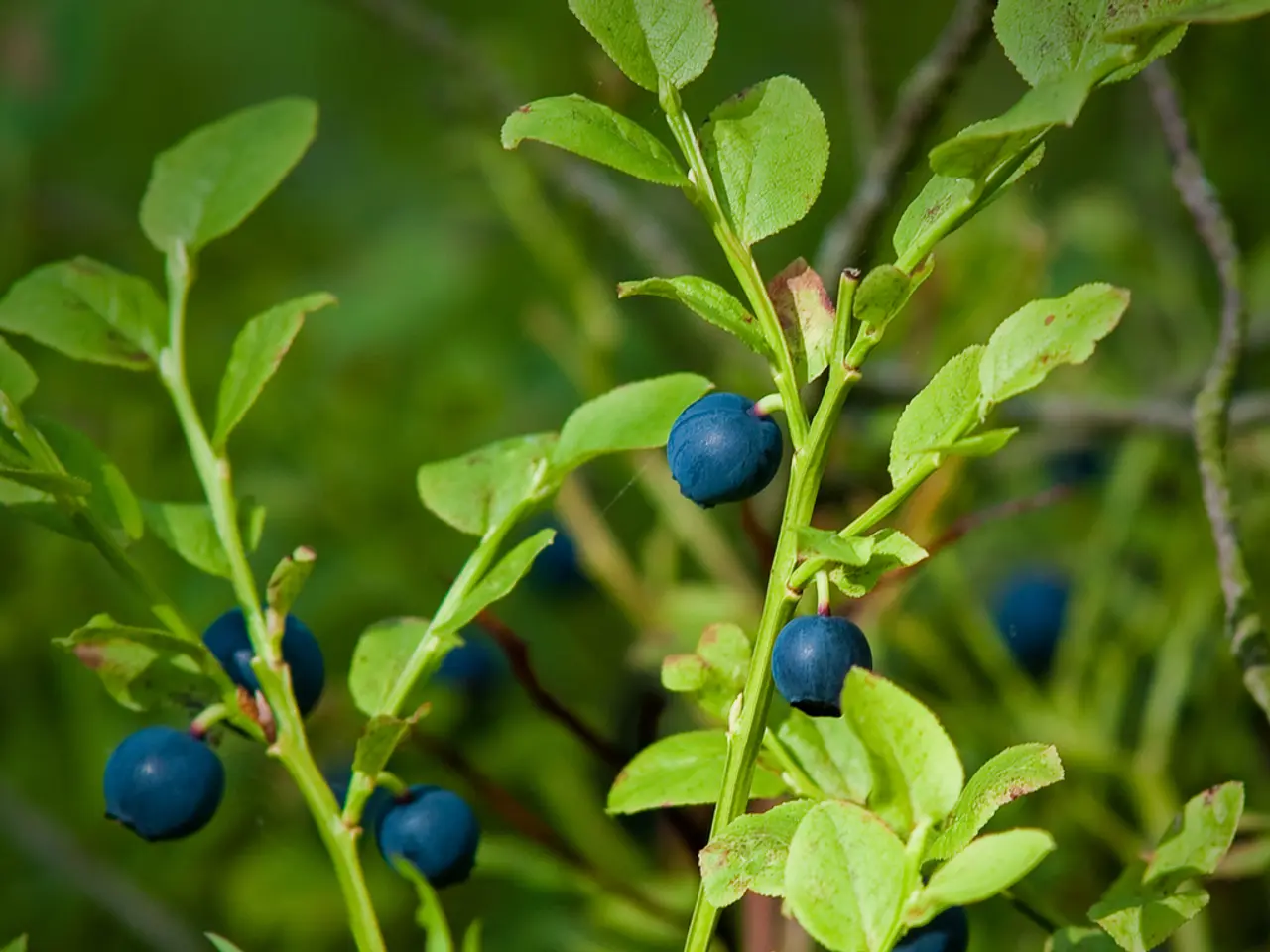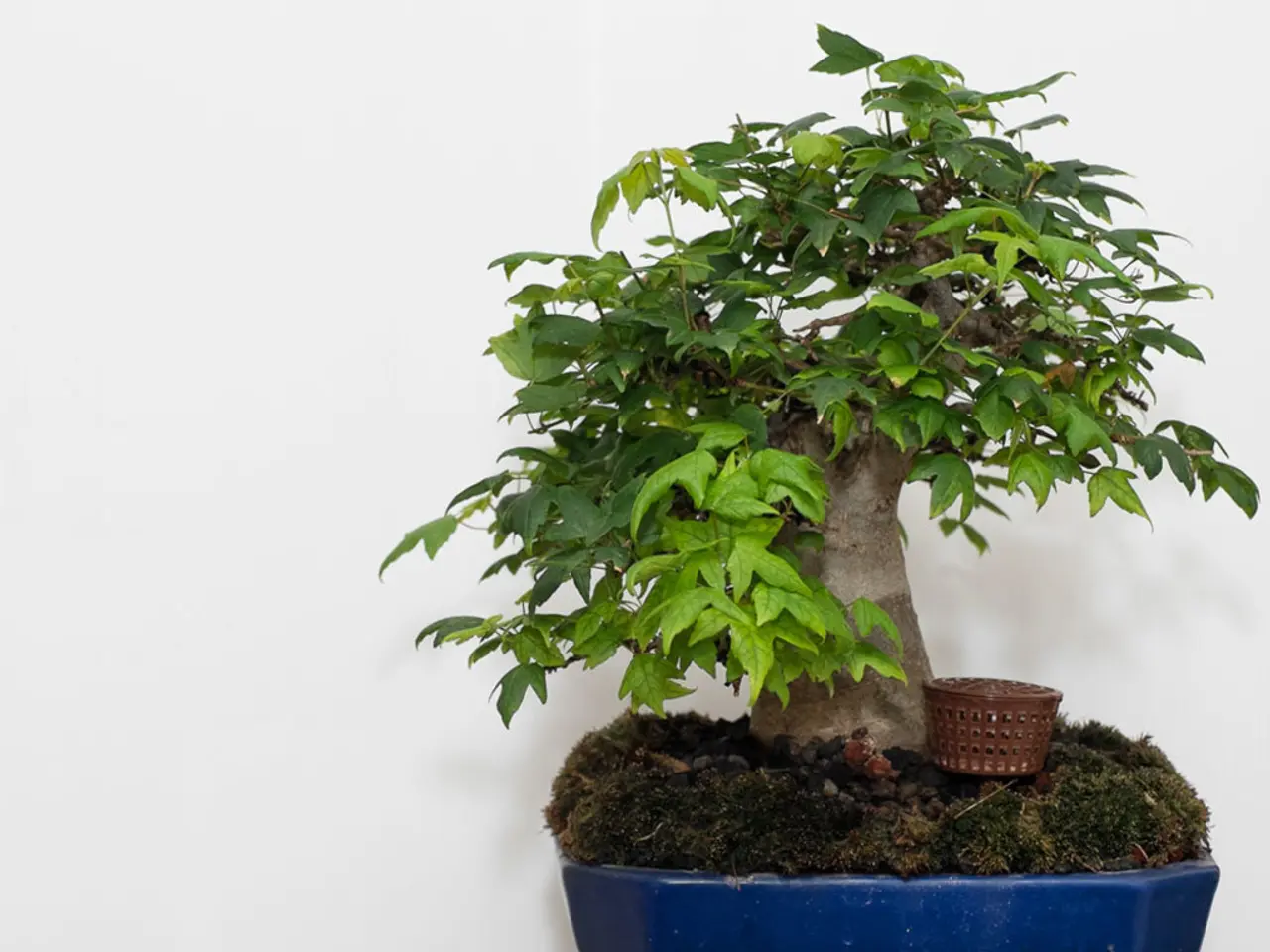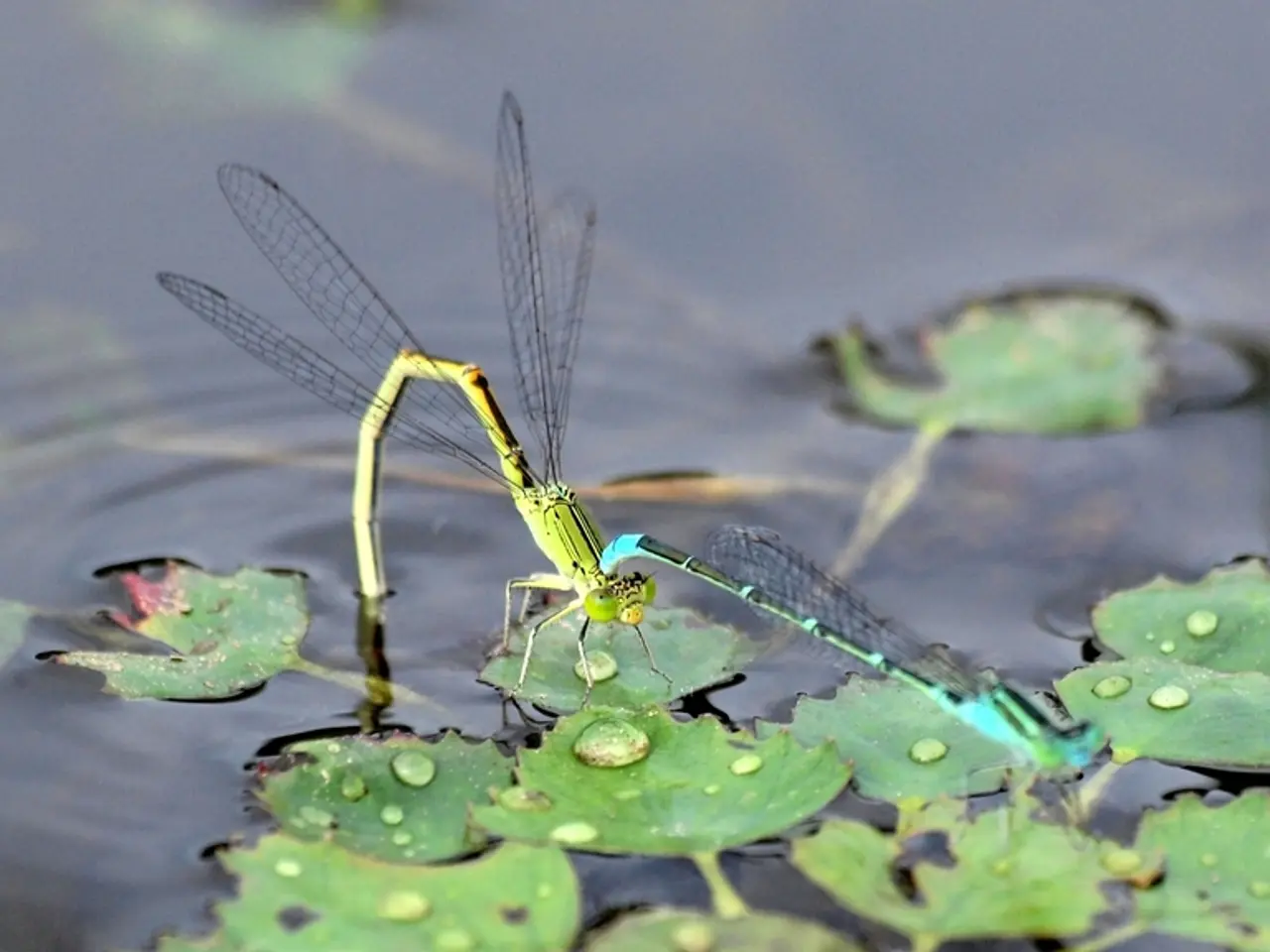Title: Keeping Your Aloe Vera Plants in Pots Hydrated: Frequency and Tips
Aloes, known for their easy-care nature, are often mismanaged due to overwatering. While these succulents require less frequent watering than your usual greenhouse plants, they shouldn't be allowed to completely dry out either. Here's a simple guide to help you figure out how often to water your aloe vera plant without drowning it.
Watering Needs of Aloe Vera
Like succulents, aloe vera plants are built to store water in their foliage. Unlike your tomatoes that wilt easily in dry conditions, aloe plants thrive in dry weather and heat. However, they still need periodic watering in a pot to stay healthy. Overwatering is more common than underwatering, as aloes prefer to dry out between watering sessions.
When to Water
Check the soil moisture level by touching it with your fingertip. If it feels dry and the pot feels lighter, it's time to water. Unlike some other houseplants, aloe plants don't need water mere seconds after the soil's top layer dries out. If the leaves start appearing limp, it might indicate that the plant is consuming stored water. In such a scenario, it's a good idea to check the soil and water if it feels dry.
Factors Affecting Watering Needs
Temperature
Plant temperature plays a major role in determining the watering frequency. Aloes will need less watering in the cooler winter months than in the intense summer heat. Irrespective of the frequency, always ensure to check the soil before watering.
Soil Type
Good drainage is crucial for aloe plants. Aloes require well-draining soil like a potting mix designed specifically for succulents. Such soils are known to dry rapidly and hold less water than standard potting mixes. If your aloe was repotted into such a mix, it will require watering more frequently.
How to Water Aloe Vera
Placing the entire pot in the sink is the simplest method to water aloe vera plants effectively. Fill the sink with an inch of water from the tap and allow the plant to soak it up from the bottom. You'll know when to stop when you notice that the soil's surface is no longer dry. Discard any excess water, drain the pot for a bit, and place it back in its original location. This method ensures adequate water flow to the plant roots.
Watering from the Top
Although you can water an aloe from the top, top watering can lead to a false impression of proper watering. When watering from the top, the potting mix can dry enough for an aloe to contract, causing the water to simply run out instead of seeping in. To fully hydrate the soil, consider the sink method mentioned above since it may take up to half-hour of soaking for a completely dried out potting mix to fully rehydrate.
Reviving an Overwatered or Underwatered Aloe Vera Plant
Overwatered Aloe
If an aloe plant appears plump and mushy, you might have overwatered it. Look out for signs of yellowing leaves. To revive it, remove the plant from the pot, inspect the roots for rot, trim off the rotten parts, repot it in a succulent mix, and ensure the drainage holes are unblocked. Then, place it in a warm spot with ample sunlight to help it recover.
Underwatered Aloe
Aloe plants will exhibit signs of weakness when underwatered, such as a weakening stem and wrinkled leaves. Water thoroughly using the sink method and increase your watering frequency in the future to provide adequate moisture to your aloe vera plant.
After understanding the watering needs of aloe vera, it's important to note that BHG (Better Homes and Gardens) has a wealth of resources on gardening and caring for houseplants like aloes. For instance, BHG provides tips on recognizing the signs of overwatering in houseplants and how to revive them, including aloe vera.
Regularly caring for houseplants, including aloes, can be a rewarding hobby. BHG's website offers a variety of gardening guides and advice on how to maintain the health of various houseplants, ensuring they thrive in their new home. Whether you're an experienced gardener or a beginner, BHG's extensive resources can provide valuable insights for caring for your houseplants, including aloes.








